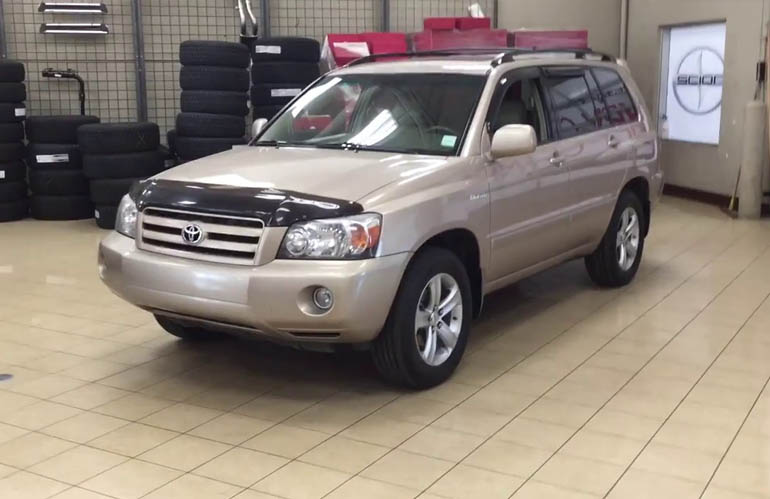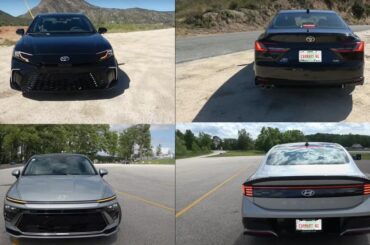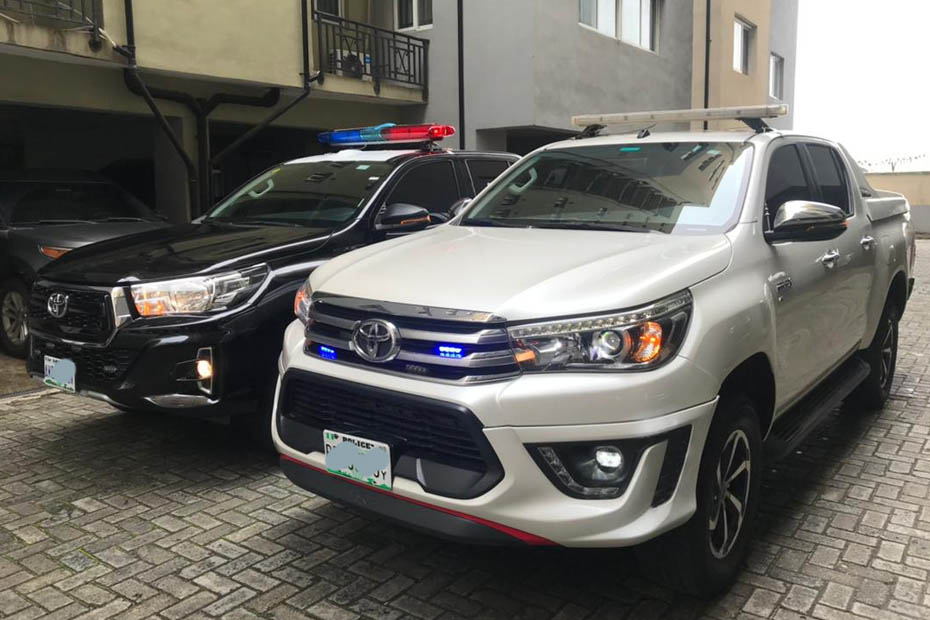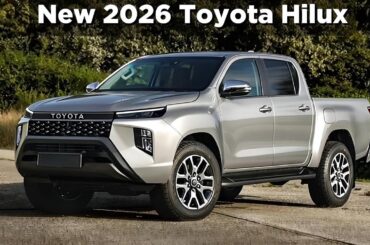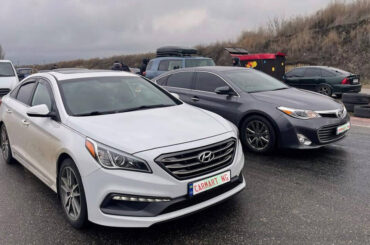The Toyota Highlander was first introduced in 2001 when Toyota launched another SUV. Being a mega brand, they create amazing cars with many great features and great quality and safety that leave their competitors behind.
Table of Contents
Let’s find out the worst generation of Toyota Highlander. However, we must be aware that Toyota is not the perfect brand we think it is, and they make some pretty questionable mistakes with the vehicles they make.
In this article, we’ll be talking about the worst years of the Toyota Highlander, so be sure to read the entire article.
2003 Toyota Highlander
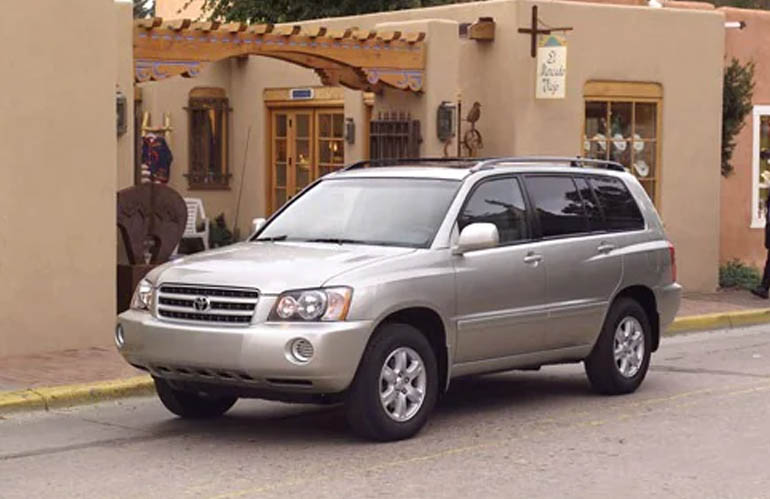
The 2003 Toyota Highlander holds the record for more problems than any other model ever released. There were problems with almost every aspect of the vehicle. Users faced major issues with the engine and internals. Some reports even state that he had a check engine light come on within a week of purchasing the car.
There were troubles such as poor fuel efficiency, oil leaks, and noisy engine noise while driving. Apart from that, the vehicle had many internal issues. Brake failures, cooling system issues, air conditioning issues, transmission issues, and even paint issues add up to the abomination of a 2003 Toyota Highlander.
2005 Toyota Highlander
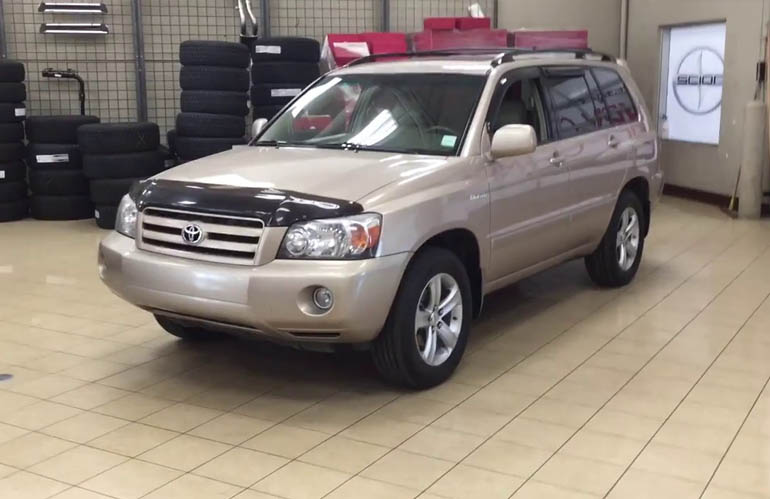
The 2005 Toyota Highlander was an evolution of the 2003 model year, but there were still many unresolved issues. Issues such as extra fuel consumption have been resolved and improved. However, the vehicle still had some major issues.
This model still had oil leak issues. This means that the money you have to spend on regular oil changes is still too much. Due to this frequent oil change, this model also had problems with sludge forming in the car’s engine. This was another thing I had to spend money on fixing. #3 Worst year:
2008 Toyota Highlander
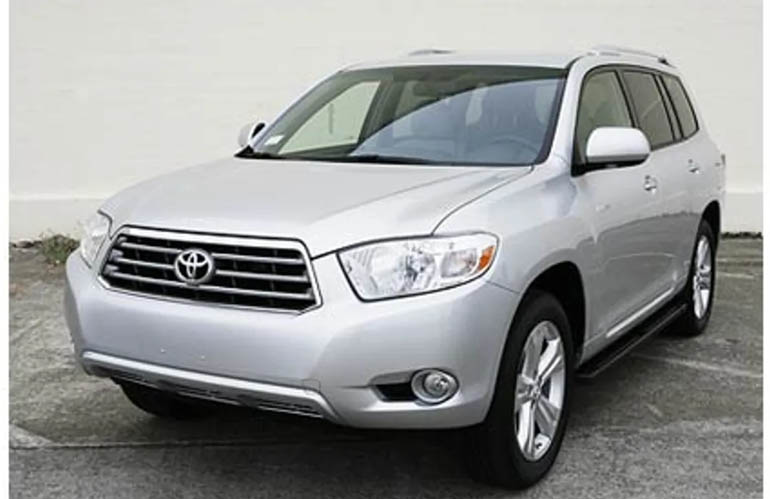
After producing several excellent models for several years, Toyota dropped the ball again with the 2008 model of the Toyota Highlander. Although it had fewer problems than its predecessor, this model received a fair number of complaints.
Most of these were due to the engine lights going out, even though the engine had been properly serviced. The problem was due to a faulty oxygen sensor component in the car.
This component does not pose a significant risk and does not necessarily need to be replaced. However, it can mask a potentially larger problem with the engine. This problem can also cause the engine to misfire in some cases. In addition, it was also a fairly expensive piece of equipment for vehicle replacement.
2010 Toyota Highlander
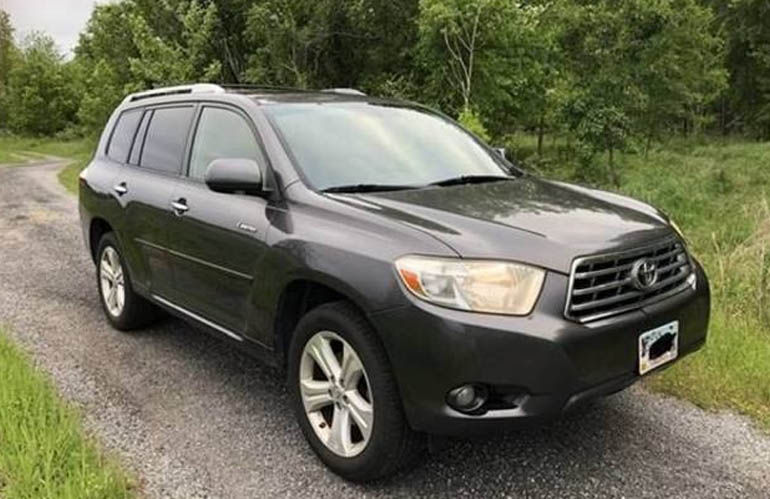
Have you ever heard the saying, “There is nothing new under the sun”? The 2010 model-year Toyota Highlander fits that phrase perfectly when it comes to the kinds of problems it has. Most of all, the problems this model showed were already present in some of the previous models. This model had some serious problems with oil leaks.
This led to a loss of hydraulic pressure and required oil changes much more often than would normally be expected for a vehicle of this size. This caused sludge to form inside the engine. That said, ignition coils typically fail after about 100,000 miles of use. added yet another issue to the list of fixes you’re looking at.
2012 Toyota Highlander
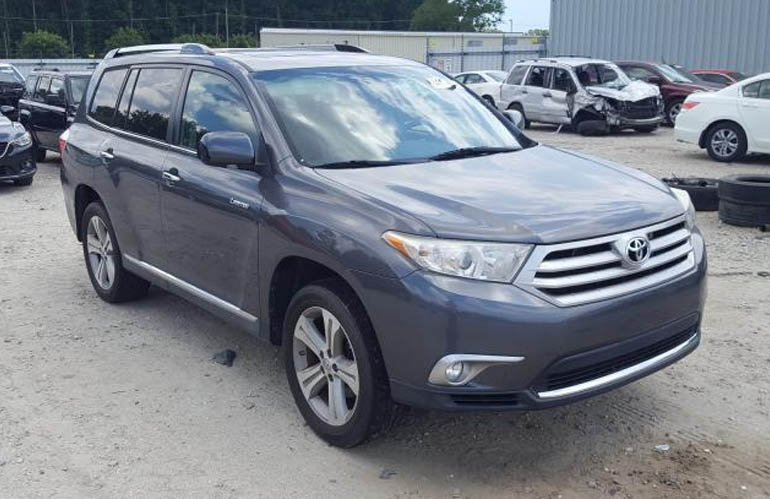
The 2012 Toyota Highlander is a step up in terms of issues from some of its predecessors. Some remained, however, and were seen for the first time in a long time on this vehicle, along with some new ones. This model had similar oil leak issues as its predecessor. But they weren’t as extreme as she was. The only new problem that users of the 2012 model faced was that of the car’s steering.
There were also reports that the car had been out of balance since its purchase. This added serious steering and suspension issues to the vehicle. These problems persist and usually lead to more problems in the future because people don’t look forward to getting their cars fixed right after they buy them.
2013 Toyota Highlander
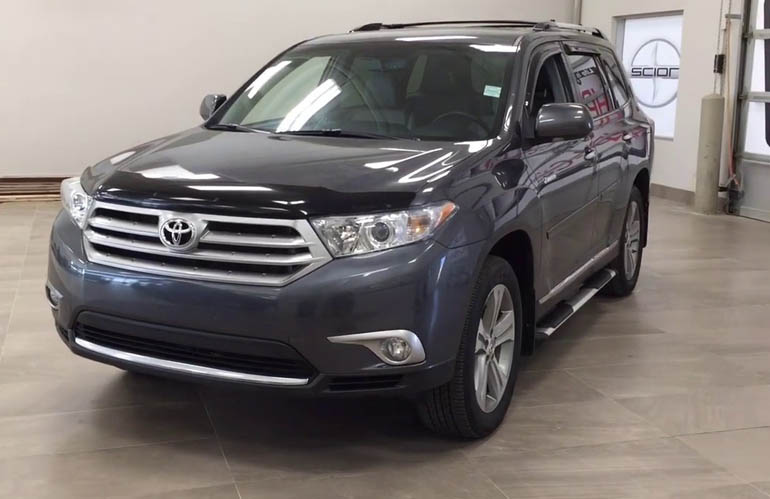
The 2013 and later Toyota Highlander models were heavily criticized for the many issues they faced. These issues have resulted in many complaints about this vehicle.
One of the biggest issues was the bodywork and paintwork. Most of the complaints about this issue are about paint blisters. This problem is usually caused by using poor-quality paint. In addition, the model also had problems with air conditioning and heating. There have also been some complaints about the gearboxes on this year’s model being expensive to repair or replace.
2014 Toyota Highlander
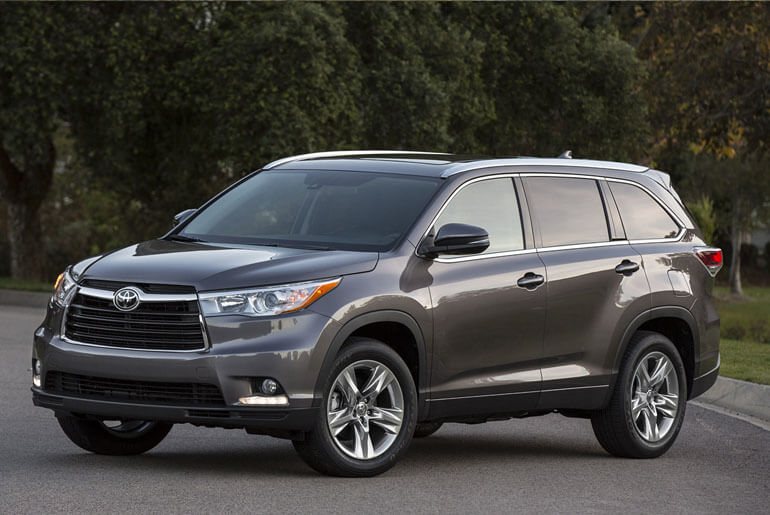
The Toyota Highlander model released in 2014 had more problems than its predecessor. The vehicle felt like a step back from the 2013 model. This is because not only was this model’s problem carried over, but this model caused more problems. In addition to air conditioning/heating and transmission issues, this model had some issues with its internals.
The vehicle’s entertainment system was not working properly and radio reception was poor. The seats were poorly designed, had poor materials and were uncomfortable. After prolonged use, drivers or other passengers have reported back pain from these seats.
2015 Toyota Highlander
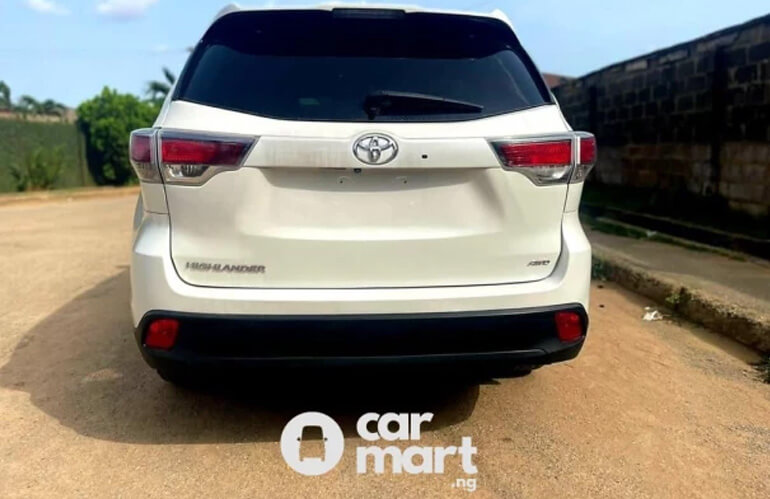
The 2015 Toyota Highlander is known as the model with the most complaints. Most of these complaints were about the same issues as in previous years, and users were increasingly frustrated that key issues had not been investigated.
This model had the same problem with the vehicle’s interior, including seats with an uncomfortable design. It also had paint blistering and chipping issues similar to the 2013 model, and air conditioning and heating issues similar to the 2014 model. In a way, this model took the worst parts of its predecessor and didn’t fix them the way it should. This explains the numerous complaints this model has received.
What are the common problems with the Toyota Highlander?
- Airbag failure
This is perhaps one of the most dangerous problems he has with the Toyota Highlander. This issue was most common on older models from 2013 to 2016.
Airbags in these vehicles do not deploy in a crash. It was not even used during model testing, so it’s surprising that this vehicle was brought to market with such serious problems. This greatly increased the risk of serious injury to the occupants. There were no recalls for this issue on these older models. However, when this issue surfaced on one of the latest 2020 models, Toyota recalled over 3000 vehicles to fix this exact issue.
- Oil leak and low oil pressure
Toyota Highlanders have been notorious for oil leak problems since the beginning. Recent models have addressed this issue somewhat correctly. The problem was specifically due to bad engineering. Intelligent transmissions with variable valve timing, better known as VVT-i transmissions, were the main drawback of these vehicles. This caused the oil pressure to drop and leak.
- Head Gasket And Oxygen Sensor Failure
In most of the models the second and the third generations of the Toyota Highlander, there were problems with the oxygen sensor and head gasket failures.
These in and of themselves were not that serious of problems as the vehicle can work fine for years without them. However, they are important components for monitoring the state of the engine.
First of all, whenever one of these things is malfunctioning, the engine light is on. This can hide some other problems that might be more serious than theirs. Other than that, these components are quite expensive to replace.
Frequently Asked Questions
Which Is More Reliable: The Honda Pilot Or The Toyota Highlander?
Both the Honda Pilot and the Toyota Highlander are very similar vehicles in terms of size and capacity. They both provide three rows of seating. In terms of drive options, both vehicles provide options for only front-wheel drive or all-wheel drive. And both vehicles allow for a 5,000-pound towing capacity.
However, this is where the major differences come into play. The Highlander offers two engines with varying horsepower, whereas the Pilot only offers one. The cruise control is also a standard safety feature in the Highlander but optional in the Pilot. These two points give Highlander more reliability.
How Many Miles Will A Toyota Highlander Last?
The Toyota Highlander is the most durable mini-SUV available on the market right now. The currently tested distance travelled by any Highlander is a little around 300,000 miles. This is over 15 years of usage. This makes this vehicle quite reliable. However, with the sort of problems that this vehicle faces, you will need to have a good maintenance schedule if you want your Highlander to last this long.
Have 1 million naira and above to Buy or Sell Cars In Nigeria? Check carlots.ng
All rights reserved. Reproduction, publication, broadcasting, rewriting, or redistribution of this material and other digital content on carmart.ng is strictly prohibited without prior express written permission from Carmart Nigeria - Contact: [email protected]

